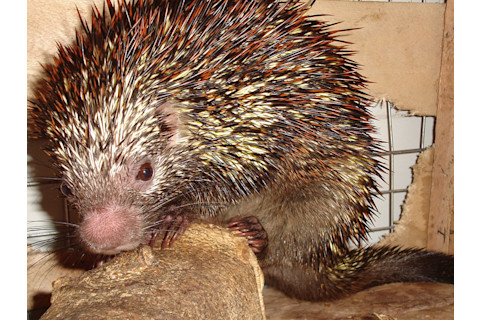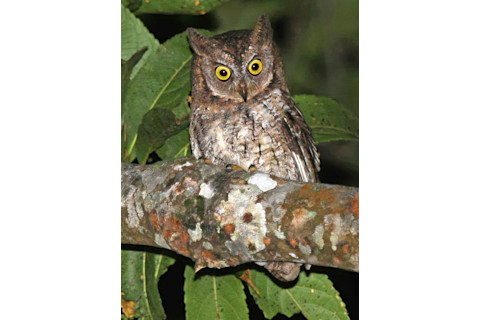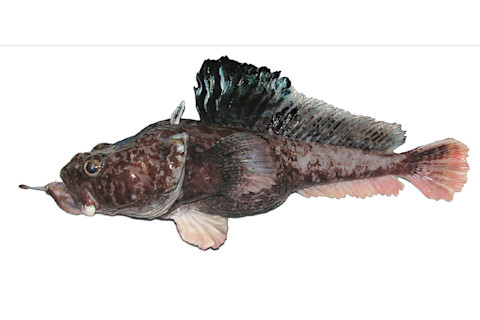Biologists have already cataloged and named nearly 1.2 million species, but they’ve just scratched the surface. Some estimates suggest the planet hosts nearly 7 million more creatures that have yet to be identified. These are just a few of the many species new to science in 2013.
Here comes the sun: An intricate wing pattern that includes orange spheres gave the sun moth, Stenoloba solaris, its name. Researchers from Lithuania and Hungary found the moth in the remote Baime Xue mountain range of China’s Yunnan province.
Holy bat genus: The striped bat, Niumbaha superba, found in South Sudan, actually constitutes a new genus: Its slightly shorter wings and more robust teeth earned the bat its own classification, according to a team from Pennsylvania’s Bucknell University.

A. R. Mendes Pontes/Federal University of Pernambuco/Brazil
Holding out hope: The hope porcupine,
, lives in trees along Brazil’s Northeastern Atlantic Coast, one of the world’s most threatened habitats. It was discovered by scientists from the country’s Universidade Federal de Pernambuco.

Philippe Verbelen
Hoot, there it is! A unique song tipped off a researcher from the Swedish Museum of Natural History to the Rinjani scops owl, or Otus jolandae, in the Gunung Rinjani National Park on the Indonesian island of Lombok. It had escaped scientific notice for so long because it looks very much like a related species.

Gennadiy Shandikov and Richard Eakin/Zoo Keys
One fish, plunderfish: Fishermen on the hunt for Antarctic toothfish hooked the foot-long hopbeard plunderfish, or Pogonophryne neyelovi, in deep waters. The pointy barbel extending from its chin qualifies it to join a genus including the shortbeard plunderfish, the brainbeard plunderfish and 19 others.
[This article originally appeared in print as "New Species."]















